transportation
Type of resources
Available actions
Topics
Keywords
Contact for the resource
Provided by
Years
Formats
Representation types
Update frequencies
status
Scale
Resolution
-

ELF Transport Networks (TN) Iceland is one of 12 themes in the European Location Project (ELF). The purpose of ELF is to create harmonised cross-border, cross-theme and cross-resolution pan-European reference data from national contributions. The goal is to provide INSPIRE-compliant data for Europe. A description of the ELF (European Location Project) is here: http://www.elfproject.eu/content/overview. The transport layer contains both line and polygons. The linelayer shows the transport network but the polygon layer contains the airports. Encoding: INSPIRE version 4
-
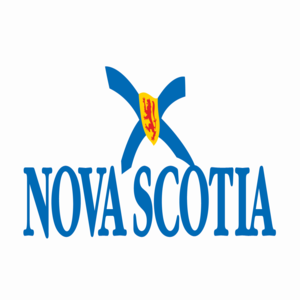
This dataset provides the spatial locations of provincial roads that are not exempt from Spring Weight Restrictions as they are imposed. For the exempt roads please check https://data.novascotia.ca/Roads-Driving-and-Transport/Spring-Weight-Restrictions-Exempt-Roads/qusm-8w98
-
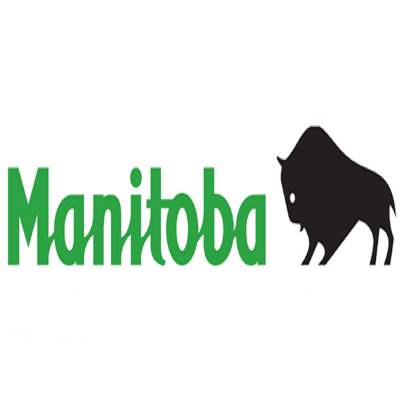
This dataset contains points showing the locations of the Manitoba Infrastructure's (MI) approved, new, and continuing capital projects for the year 2021/2022. Examples of MI's capital projects are asphalt surface treatment, grading, bituminous rehabilitation, concrete reconstruction, culvert jacking, intersection improvement, structures improvement, traffic signal improvements, and traffic safety improvements. This dataset contains points showing the locations of the capital projects such as asphalt surface treatment, grading, bituminous rehabilitation, concrete reconstruction, culvert jacking, intersection improvement, structures improvement, traffic signal improvements, and traffic safety improvements. This dataset was created by digitizing high-resolution imagery of Manitoba road network, bridge sites, and culvert locations. The details of the capital projects are available as attributes of the dataset. Fields included ( Alias (Field Name): Field description.) ObjectID (OBJECTID): Sequential unique whole numbers that are automatically generated Project # (Project__): A unique ID assigned to a project by MI Capital Project Team. Hwy (Hwy): The highway number where the project is located. Location Description (Location_Description): A detailed description of the project location. Project Distance in km (km): The physical length of the project Project Type (Project_Type): A particular category assigned to the project based on the nature of work. Total Project Status (Total_Project_Status): Current total status of the project (e.g. new, continue, etc.) Construction Project Status (Construction_Project_Status): Current phase of project (e.g. construction phase, engineering design phase, etc.) Anticipated Construction Start Date (Anticipated_Construction_Start_): The expected construction start date for the project. Anticipated Construction Complete Date (Anticipated_Construction_Comple): The expected construction completion date for the project. Municipality Name (MUNI_NAME): The name of the municipality where the project is located. Department Program (Department_Program): The name of the MI department responsible for the project. This dataset is used in Manitoba Infrastructure Projects an interactive map that shows Manitoba infrastructure's new, approved, and continuing capital project locations.
-
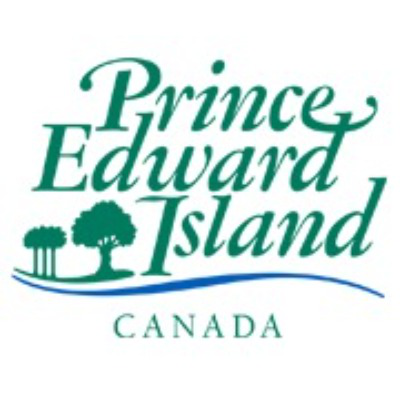
Annual Average Daily Traffic for individual road sections across the Province, for the calendar year 2017.
-
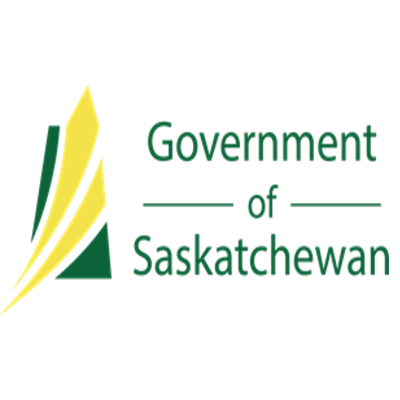
Primary Weight, Provincial Highways and RM Roads, Clearing the Path Corridors Map A map of primary weight provincial highways and RM roads clearing the path corridors
-

Primary Weight, Provincial Highways and RM Roads, Clearing the Path Corridors Map A map of primary weight provincial highways and RM roads clearing the path corridors
-
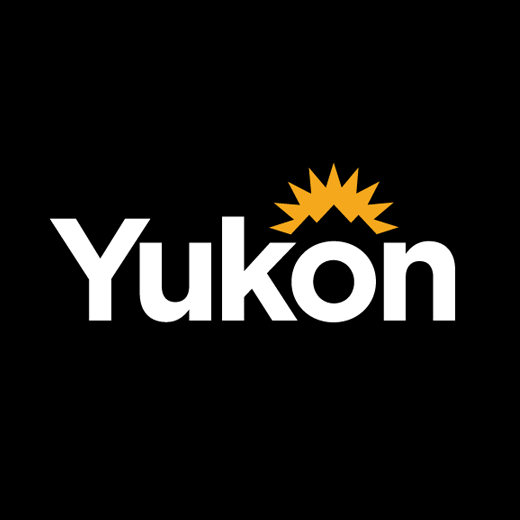
ORV management areas are designate areas where off-road vehicle use is managed for the protection of ecological balance or physical characteristics within the area, including on mineral claims and in territorial parks. Off-road vehicle management areas can result from recommendations coming out of public planning processes, such as regional land-use planning, local area planning and special management areas such as Habitat Protection areas or parks. Governments and other groups, such as the Fish and Wildlife Management Boards and Renewable Resource Councils can submit a proposal that identifies ecologically-sensitive areas that off-road vehicle management areas could protect. Distributed from [GeoYukon](https://yukon.ca/geoyukon) by the [Government of Yukon](https://yukon.ca/maps) . Discover more digital map data and interactive maps from Yukon's digital map data collection. For more information: [geomatics.help@yukon.ca](mailto:geomatics.help@yukon.ca)
-
Datamängden redovisar platser i järnvägsnätet enligt Inspiretema transportnät (TN) RailwayStationNode. De platser som ingår i datamängden motsvaras av trafikplatser för järnväg med förutsättningar för resandeutbyte. Datamängden går att komma åt via wms, wfs och nedladdning av förgenererade filer.
-
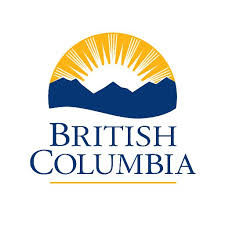
Routes that cruise ships travel off the coast of BC
-

A Culvert is a pipe (less than 3m in diameter) or half-round flume used to transport or drain water under or away from the road and/or right of way. Culverts that are greater than or equal to 3m in diameter are stored in the MoT Bridge Structure Road Dataset. It is a Point feature
 Arctic SDI catalogue
Arctic SDI catalogue